- Energy conservation basics (02 Hours, 08 Marks)
1.1 Energy scenario : Primary and Secondary energy, Energy demand and supply, National scenario.
1.2 Energy conservation and Energy audit : Concepts and Difference.
1.3 Energy conservation Act 2001; Relevant clauses of energy conservation.
1.4 BEE and its role.
1.5 MEDA and its role.
1.6 Star labelling : Need and its benefits.
- Energy conservation in electrical machines (12 Hours, 14 Marks)
2.1 Need for energy conservation in induction motor and transformer.
2.2 Energy conservation techniques in induction motor by :
(a) Improving power quality.
(b) Motor survey.
(c) Matching motor with loading.
(d) Minimizing the idle and redundant running of motor.
(e) Operating in star mode.
(f) Rewinding of motor.
(g) Replacement by energy efficient motor.
(h) Periodic maintenance.
2.3 Energy conservation techniques in transformer :
(a) Load sharing.
(b) Parallel operation.
(c) Isolation techniques.
(d) Replacement by energy efficient transformers.
(e) Periodic maintenance.
2.4 Energy conservation equipments : Soft starters, Automatic star delta converter, Variable frequency drives, Automatic Power Factor controller (APFC), Intelligent Power Factor controller (IPFC), Active harmonic filter (AHF).
2.5 Energy efficient motor : Significant features, Advantages, Applications and Limitations.
2.6 Energy efficient transformers, Amorphous transformers; Epoxy resin cast transformer/Dry type of transformer.
- Energy conservation in electrical installation system (12 Hours, 16 Marks)
3.1 Aggregated Technical and Commercial Losses (ATC); Power system at state, Regional, National and global level.
3.2 Technical losses; Causes and Measures to reduce by :
(a) Controlling I2R losses. (b) Optimizing distribution voltage.
(c) Balancing phase currents. (d) Compensating reactive power flow.
3.3 Commercial loses : Pilferage, Causes and Remedies.
3.4 Energy conservation equipments : Maximum demand controller, kVAR controller, Automatic power factor controller (APFC).
3.5 Energy conservation in lighting system :
(a) Replacing lamp sources.
(b) Using energy efficient luminaries.
(c) Using light controlled gears.
(d) Installation of separate transformer/servo stabilizer for lighting.
(e) Periodic survey and adequate maintenance programs.
3.6 Energy conservation techniques in fans, Electronic regulators.
- Energy conservation through co-generation and tariff (11 Hours, 16 Marks)
4.1 Co-generation and Tariff; Concept, Significance for energy conservation.
4.2 Co-generation :
(a) Types of cogeneration on the basis of sequence of energy use (Topping cycle, Bottoming cycle)
(b) Types of cogeneration basis of technology (Steam turbine cogeneration, Gas turbine cogeneration, Reciprocating engine cogeneration).
(c) Factors governing the selection of cogeneration system.
(d) Advantages of cogeneration.
4.3 Tariff :
(a) Types of tariff structure : LT and HT, Special tariffs; Time-off-day tariff, Peak-off-day tariff, Power factor tariff, Maximum demand tariff, Load factor tariff and availability based tariff (ABT).
4.4 Application of tariff system to reduce energy bill.
- Energy audit of electrical systems (11 Hours, 16 Marks)
5.1 Energy audit (definition as per Energy Conservation Act), Specific energy consumption.
5.2 Energy audit instruments and their use.
5.3 Questionnaire for energy audit projects.
5.4 Energy flow diagram (Sankey diagram).
5.5 Simple payback period, Energy audit procedure (walk through audit and detailed audit).
5.6 Energy audit report format.




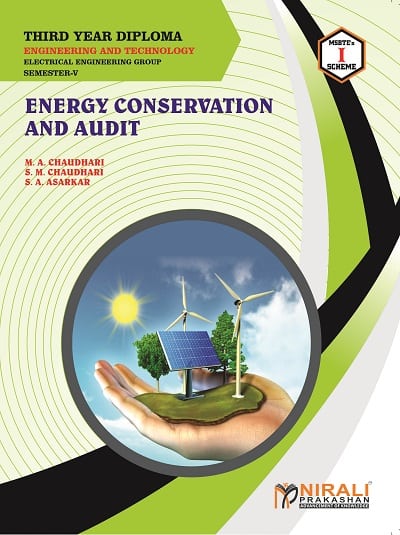
 Zoom
Zoom


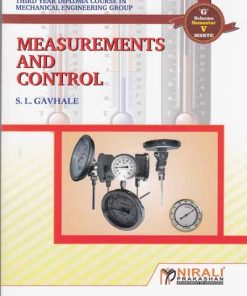
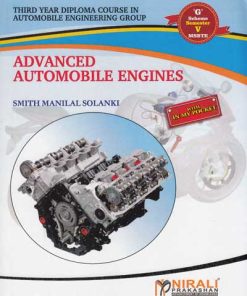
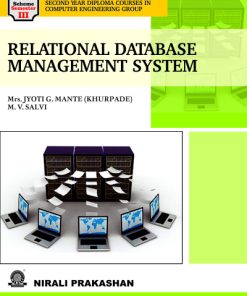
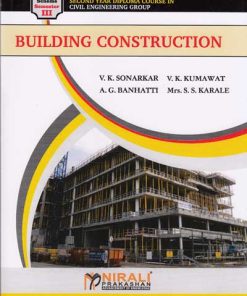

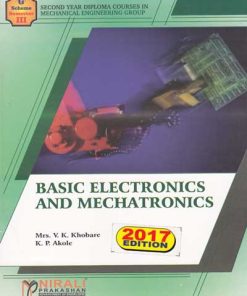
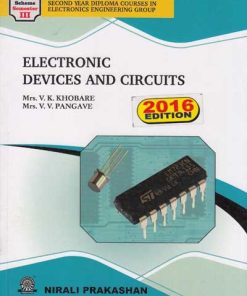


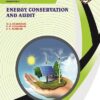
Reviews
There are no reviews yet.